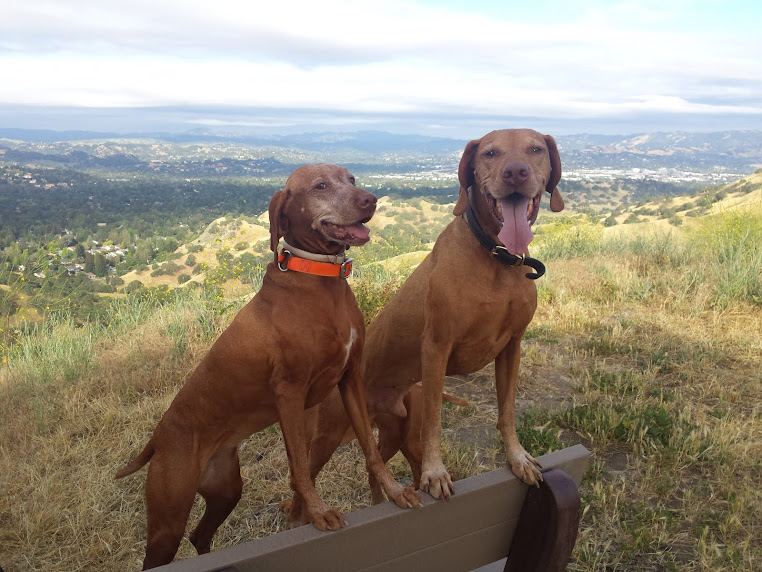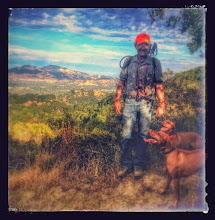Written 55 years ago by Dr. I.S. Osborn
"Any specialized attempt to breed our Vizslas strictly for the show-type will eventually invite degeneration in character, strength, and hunting ability. Only by selectively breeding completely trained outstanding male and female specimens can any hunting breed be improved or kept up to the proper standard. For over a thousand years the Vizsla has been a robust, brush-busting companion hunter, full of fire and ready to please. Let's keep him that way!"
"At this time we must not in the least be concerned with white markings. Our first obligation is to preserve the natural hunting instinct and we shouldn't care much about a white toe, or toes, chest if the dog has a good nose, ranges well and has plenty of bird sense. If the great breed masters of Czechoslovakia and Hungry found it undesirable, and perhaps impossible, to breed out the white in the past ten centuries, I see no reason why we should try at this time.
The chief rival of the Vizsla in the field are the English Pointer and the German Shorthaired Pointer, and neither attempts to breed out the white.
We Americans like to improve on things and there are no doubt some among us who honestly believe they can do more for the Vizsla in a few short years of selective breeding that the old master, the breed wardens themselves have done in the past 10 centuries. The white could possibly be bred out. The breed has a striking appearance with a surplus of eye appeal, beautiful golden coat, dignified aristocratic bearing, pleasing conformation, good disposition and style. All the earmarks of a terrific bench prospect. But let us not forget the past history of the beautiful Irish Setter.
Originally the Irish Setter, like our Vizsla, was a dog of striking color with white markings on the chest and feet. Even today traces of white do not disqualify. He was imported mainly for use on upland game and played an important part in the early days of field trials. They were outstanding field specimens. However, many fanciers attracted by the dog's good looks began to breed for bench only, and his working qualities were ignored. There has been so much concentration on breeding beauty into the red Irish Setter, that his gun-dog abilities have been almost forgotten. The Irish Setter Club of America has been making advances toward field utility in the past few years, although it is unlikely that the breed will attain the popularity afield that it once held."
Dr. I.S. Osborn










1 comment:
Thanks for your kind comments Rod, I have more pictures of the dogs now than my kids (oops :-)
This article is very interesting, Ruby has white on her chest.
Post a Comment